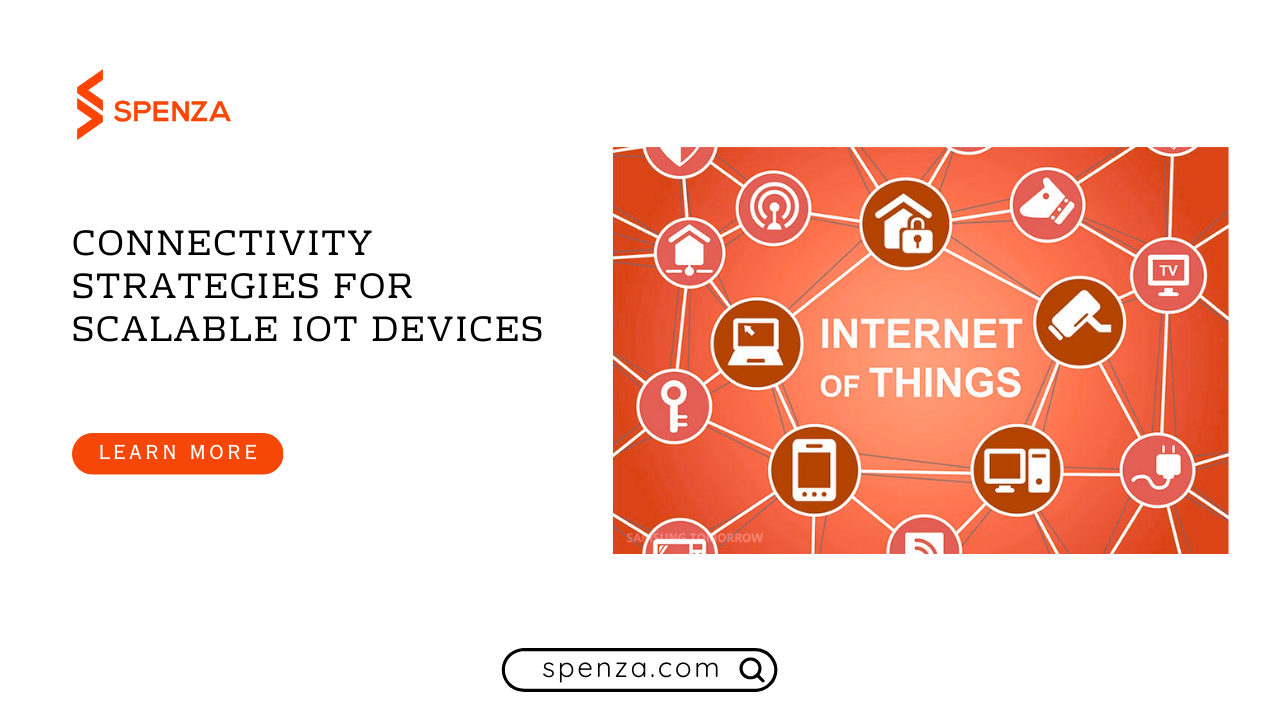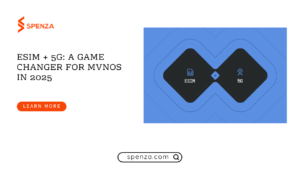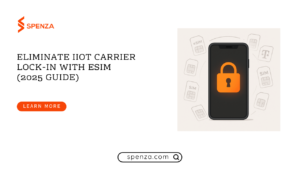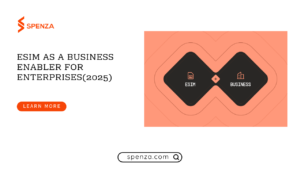TL;DR
- Scaling IoT from pilot to planet-scale demands a new playbook.
- Old connectivity methods collapse at 1M+ devices across continents.
- Future-proof hardware decisions matter more than short-term savings.
- Global IoT SIMs simplify logistics, coverage, and redundancy.
- Unified IoT connectivity management is the only way to control millions of devices.
- Cost models must be engineered for scale, not pilots.
Quick Overview: Scaling IoT in 2025 needs deliberate IoT connectivity strategies: modern LTE/5G hardware, global SIM models, unified management, and cost control. Without these four pillars, even proven IoT products will fail at scale.
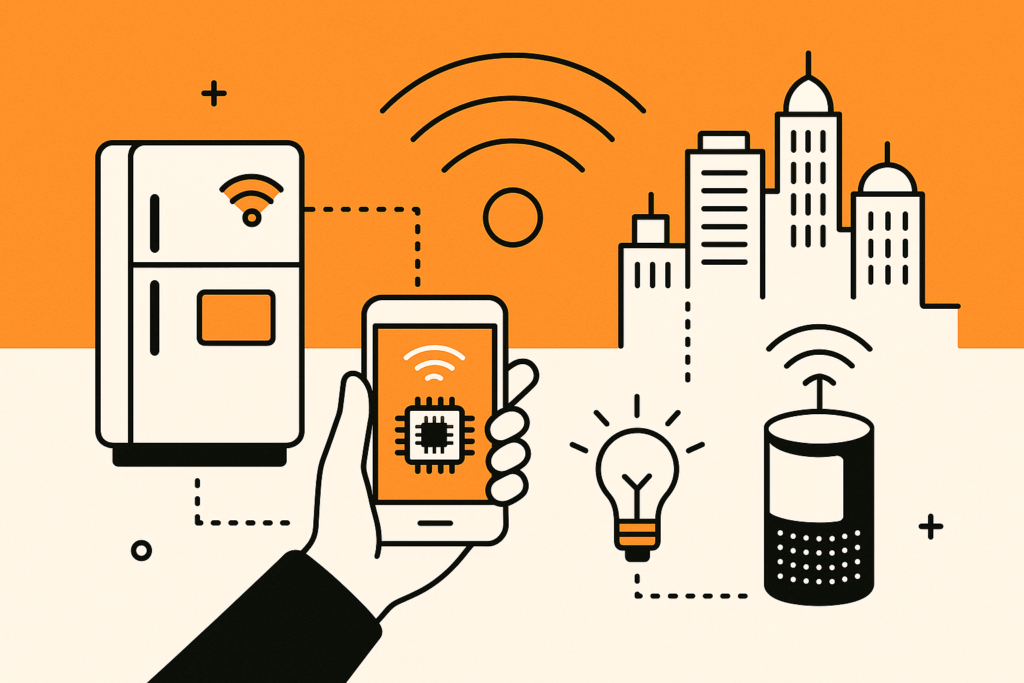
Introduction: The Connectivity Challenge of 2025
What happens when your proven IoT product must scale beyond a single country? The pilot worked. Customers are happy. But now the challenge changes. A connectivity setup that worked for 1,000 devices will collapse at 1,000,000. It becomes too complex, too costly, and too unreliable.
In 2025, business leaders face a hard truth: IoT scaling depends on IoT connectivity strategies designed for millions, not thousands. Carriers have retired 2G and 3G. LTE networks are aging. Data usage multiplies. Global supply chains demand single-SKU efficiency. The wrong choices now could cost millions in future recalls or outages.
In this blog, we outline the four essential IoT connectivity strategies every CTO and VP of Product must implement to build scalable IoT solutions. By the end, you will know exactly how to engineer a profitable and future-proof IoT deployment for global IoT deployment.
What Would You Get by the End of the Article?
- Clear understanding of IoT connectivity strategies for 2025.
- Real stats on LTE-M, NB-IoT, 5G RedCap, and eSIM adoption.
- Why global IoT SIM models cut logistics pain.
- How IoT connectivity management reduces chaos at scale.
- Exact numbers showing IoT cost at scale pitfalls.
- A roadmap for future-proof IoT hardware and software choices.
Why Scaling Breaks Old Connectivity Models
Scaling IoT is not about technology only. It is about economics, operations, and risk. IoT Analytics reports 16.6 billion connected devices in 2023, of which 3.56 billion already use cellular . With this scale, complexity explodes.
For example, a $2/month data plan per device looks harmless at 100 units. At one million devices, it equals $24 million annually. Meanwhile, analysts say each IoT device generates just €3.50 yearly revenue on average . Margins vanish unless IoT cost at scale is managed with precision.
This is where IoT connectivity strategies become survival strategies. Let’s break them down.

Strategy #1: Future-Proof Your Hardware with a Modern Network Strategy
Every IoT pilot begins with hardware decisions. At scale, these choices determine survival. A modem that works today may leave millions of devices stranded tomorrow. That’s why future-proof IoT means future-proof hardware.
The Challenge of Network Sunsets:
2G and 3G were already shut down in the US in 2022. Europe follows by 2025. Even LTE networks face retirement planning. If devices rely on outdated modules, entire fleets could turn into bricks. A single recall at 1M+ units could cost tens of millions.
The Strategy:
- Prioritize Long-Lifecycle Tech: Use LPWAN (LTE-M, NB-IoT) for low-power devices. These technologies already reached 1.3B global connections by 2023, growing 26% yearly.
For higher throughput, choose 5G RedCap, forecasted to reach 700M+ connections by 2030. These standards guarantee scalability for global IoT deployment. For a deeper look at selecting the right connectivity standard in 2025, see Spenza’s guide on choosing IoT device connectivity.
- Adopt eSIM (eUICC): Skip traditional SIMs. eSIM modules already power 650M IoT devices in 2023. They let you remotely switch carrier profiles and extend device lifecycles. For scalable IoT solutions, eSIM ensures connectivity adapts to network evolution without hardware swaps.
By aligning IoT connectivity strategies with modern network standards, you prevent obsolescence, lower recall risk, and secure your product’s future.
Strategy #2: Adopt a “Single SIM, Global Reach” Logistics Model
Scaling is not only about hardware. It is also about logistics. Managing separate SIM SKUs for each country drains efficiency and slows deployments. Businesses lose money on errors, excess inventory, and complex supply chains.
The Scaling Problem:
Imagine a rollout across 30 markets. Without a global IoT SIM, you juggle 30 contracts, 30 inventories, and endless compliance headaches. IoT cost at scale balloons before revenue even starts.
The Strategy:
- One SKU to Rule Them All: A single global IoT SIM works in 190+ countries. One SKU cuts manufacturing errors, inventory complexity, and accelerates shipping. With one SIM, your product is ready for global IoT deployment from day one. Spenza has written more on this in their global IoT SIM cards 2025 guide.
- Built-in Network Redundancy: Multi-carrier IoT platforms allow devices to switch automatically to the strongest network. If one carrier goes down, devices fail over instantly. For industries like healthcare or logistics, uptime is non-negotiable. This redundancy improves reliability while reducing support overhead.
IoT connectivity strategies based on a global SIM model simplify scaling and build resilience into every deployment.
Strategy #3: Centralize Your Management with a Unified Platform
Managing IoT devices at scale without central control is like flying blind. At 100 devices, spreadsheets work. At 1M+, they collapse. Without unified IoT connectivity management, teams lose visibility and costs spiral.
The Scaling Problem:
A million devices spread across five continents generate millions of data points daily. Without a single system of record, troubleshooting becomes impossible. Support tickets stack up. Teams burn out.
The Strategy:
- Single Pane of Glass: Use a unified dashboard to track usage, status, and location for every SIM. From one screen, teams can see anomalies and act fast. This keeps service quality high even as fleets grow. Learn more about this approach in Spenza’s IoT connectivity hub.
- Automation via APIs: APIs activate SIMs during manufacturing, assign profiles over-the-air, and suspend rogue devices automatically. For example, automated rules can cap data usage if a device malfunctions. Automation reduces manual work and keeps global IoT deployment sustainable.
By treating IoT connectivity management as a central nervous system, companies gain visibility, speed, and control. This is how scalable IoT solutions stay reliable under exponential growth.
Strategy #4: Engineer Your Business Model for Costs at Scale
The hardest lesson at scale is financial. A pilot with 100 devices at $2/month seems trivial. At 1M devices, that equals $24M yearly. With average IoT revenue per device only €3.50, unplanned costs wipe out margins.
The Scaling Problem:
Connectivity pricing looks small until multiplied by millions. Overages, inefficient data use, and poor planning create losses at scale. Without IoT cost at scale controls, even great products fail.
The Strategy:
- Flexible & Pooled Data Plans: Large pools cut per-MB pricing to under $0.01. Small isolated plans often charge $0.05–$0.10 per MB. Pools absorb spikes, reduce waste, and keep costs predictable across fleets. See real-world cost models explained in Spenza’s IoT connectivity cost guide 2025.
- Real-Time Cost Controls: Bugs can spike usage from 10MB to 1GB, turning a $0.10 cost into $10–$1,500. Unified platforms allow real-time alerts and automatic suspension. That prevents runaway costs before they hit the bill.
IoT connectivity strategies that include engineered pricing models turn scaling from financial risk into financial strength. With the right data plans and controls, scaling 1M+ devices becomes sustainable.
Tabular View: Technology Lifecycles and Scaling Risk
| Technology | Status in 2025 | Scaling Risk if Used Today | Better Choice for Future-Proof IoT |
|---|---|---|---|
| 2G/3G | Sunset in US, EU by 2025 | Devices go offline | LTE-M, NB-IoT, 5G RedCap |
| 4G LTE | Stable, but aging by 2030 | Risk of future sunset | LTE-M, 5G |
| Physical SIM | Carrier locked | Recall costs, logistics | eSIM (eUICC) |
| Local SIM model | Multi-contract chaos | High OPEX, SKU errors | Global IoT SIM |
Spenza – The Platform That Powers Scalable IoT Solutions
Businesses need a partner that unifies these strategies under one platform. This is where Spenza stands apart. Spenza is not just another connectivity provider.
It is a modern MVNE built cloud-native and API-first, designed to support both traditional MVNOs and IoT-focused deployments. For companies scaling from pilot to global IoT deployment, Spenza acts as the backbone.
Why Spenza Matters in 2025
Scaling IoT in 2025 is about much more than connectivity. It’s about building a foundation for reliability, visibility, and cost-efficiency. Spenza delivers this by combining:
- Integrated SIM and eSIM provisioning for future-proof IoT.
- Carrier management tools across 190+ countries for global IoT deployment.
- Customizable billing engines and analytics for IoT cost at scale.
- API-first infrastructure for automation and IoT connectivity management.

Strategy 1 + Spenza: Future-Proof by Design
Spenza enables future-proof IoT hardware decisions by ensuring device connectivity evolves with networks. Instead of locking to a single carrier or outdated standard, Spenza supports:
- eSIM and eUICC provisioning: This gives IoT products the flexibility to switch carriers remotely, keeping devices active as networks sunset. Spenza’s infrastructure manages multiple eSIM profiles seamlessly.
- Support for LPWAN (LTE-M, NB-IoT) and 5G RedCap: With Spenza, companies can ship devices with long-lifecycle technology that works globally.
This approach aligns perfectly with what IoT leaders demand, scalable IoT solutions that survive beyond today’s network transitions. As we covered earlier, more than 650M IoT modules already support eSIM globally, and LPWAN connections are projected to exceed 1.3B by 2027. With Spenza, CTOs can make confident bets that their connectivity remains viable for the long term.
Strategy 2 + Spenza: One SIM, Global Reach
Spenza’s global IoT SIM solution eliminates the operational nightmare of managing multiple carriers and SIM types.
- One SKU model: With Spenza, you ship one SIM SKU that works in 190+ countries. That means faster manufacturing, simpler logistics, and fewer errors.
- Multi-carrier IoT platform capabilities: Devices connect to the strongest network available in each country. If one carrier drops, the device switches automatically.
This aligns with Spenza’s resource on global IoT SIM cards, which explains how enterprises benefit from redundancy and resilience. For business leaders, this isn’t only about simplifying logistics, it’s about guaranteeing uptime in mission-critical industries like healthcare, energy, and logistics.
Strategy 3 + Spenza: Unified IoT Connectivity Management
IoT connectivity management becomes impossible without centralized control. Spenza provides a single pane of glass to manage millions of devices.
- Real-time visibility: Businesses see usage, device status, and location globally.
- Automation through APIs: Everything from SIM activation at the factory to suspending rogue devices can be done automatically.
- Usage analytics: Managers get precise visibility into data consumption trends across fleets.
This goes beyond monitoring, it’s about operational scalability. Without automation, a support team would drown under the weight of a million connected devices. Spenza’s IoT connectivity hub explains how automation and visibility cut downtime, reduce manual work, and keep fleets reliable.
Strategy 4 + Spenza: Cost Control at Scale
Perhaps the most underrated risk in IoT scaling is cost. As highlighted earlier, $2/device per month looks small in pilots but equals $24M annually at scale. With average revenue per IoT device just €3.50 yearly, unmanaged costs destroy business models.
Spenza solves this through:
- Data pooling: Aggregate usage across fleets to lower per-MB costs to below $0.01 versus $0.05–$0.10 on small plans.
- Real-time rules and alerts: Devices consuming abnormally high data are flagged or suspended automatically before costs explode.
- Customizable billing engines: Enterprises can design flexible cost models to suit global IoT deployment.
This aligns directly with Spenza’s IoT connectivity cost guide, which explains how small inefficiencies multiply at scale. With Spenza, companies no longer gamble margins on unpredictable connectivity bills.
Why Business Leaders Choose Spenza
Spenza unifies the four IoT connectivity strategies into one platform:
- Future-Proof Technology: Global eSIMs, LTE-M, NB-IoT, and 5G RedCap support.
- Single Global Network: Multi-carrier IoT platform with 190+ country reach.
- Centralized Platform: Unified IoT connectivity management with APIs.
- Cost Control: Sophisticated pooling and alerts for predictable spend.
For business leaders, this means fewer vendors, fewer risks, and more control. The transition from pilot to planet-scale becomes achievable.
Conclusion: Strategy Is the Bridge to Profitability
Scaling IoT from a pilot to global deployment is no longer about experimentation. It is about execution. Without deliberate IoT connectivity strategies, companies risk losing millions through recalls, outages, or runaway costs.
Businesses can scale confidently by combining future-proof IoT hardware, a global SIM model, unified IoT connectivity management, and engineered cost controls. And by choosing Spenza as the foundation, they eliminate the complexity of piecing together multiple solutions.
FAQs
The biggest risk is financial and operational collapse. A $2 2/month plan is manageable at 100 devices but costs $24M annually at 1M devices. Without IoT cost-at-scale controls, small inefficiencies multiply into unsustainable expenses.
A global IoT SIM replaces dozens of country-specific SKUs with one universal SKU. That simplifies manufacturing, shipping, and support. It also guarantees redundancy, since devices connect automatically to the best available network in each country.
5G RedCap (Reduced Capability) is a lighter version of 5G designed for IoT. It balances performance and cost, making it ideal for mid-tier IoT use cases. Forecasts predict over 700M RedCap connections globally by 2030, making it a critical future-proof IoT choice.
Spenza gives one global contract, 190+ carriers, and enterprise eSIM management in one platform. It supports both internal mobility and IoT growth. Enterprises move faster with Spenza because they cut costs, simplify IT, and scale globally.
Spenza is a modern MVNE built cloud-native and API-first. It integrates SIM and eSIM provisioning, customizable billing, and analytics into one platform. Unlike traditional providers, Spenza focuses on IoT scalability, supporting multi-carrier connectivity in over 190 countries.
So the question for CIOs, CTOs, and CFOs is simple: Are you ready to treat connectivity as a business strategy? If yes, contact Spenza today for a personalized consultation.
